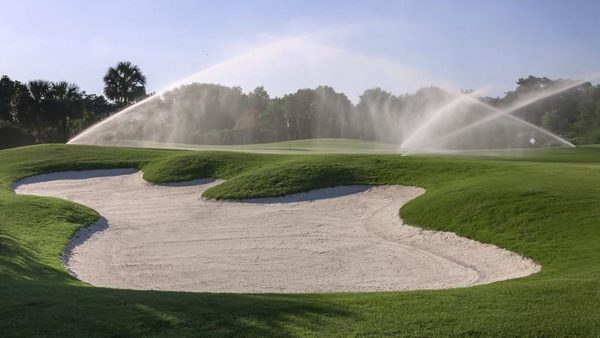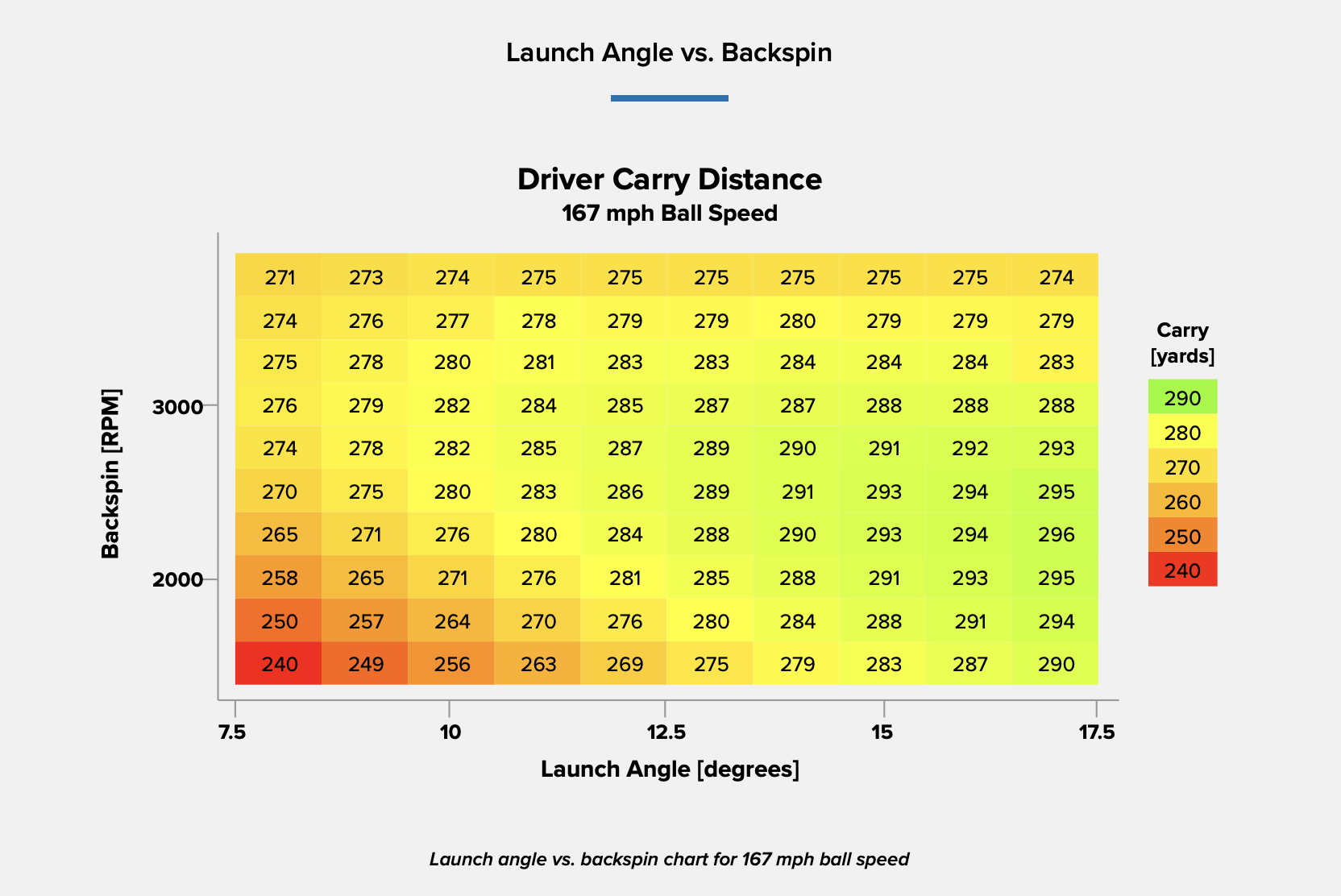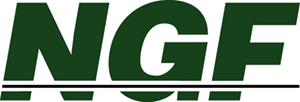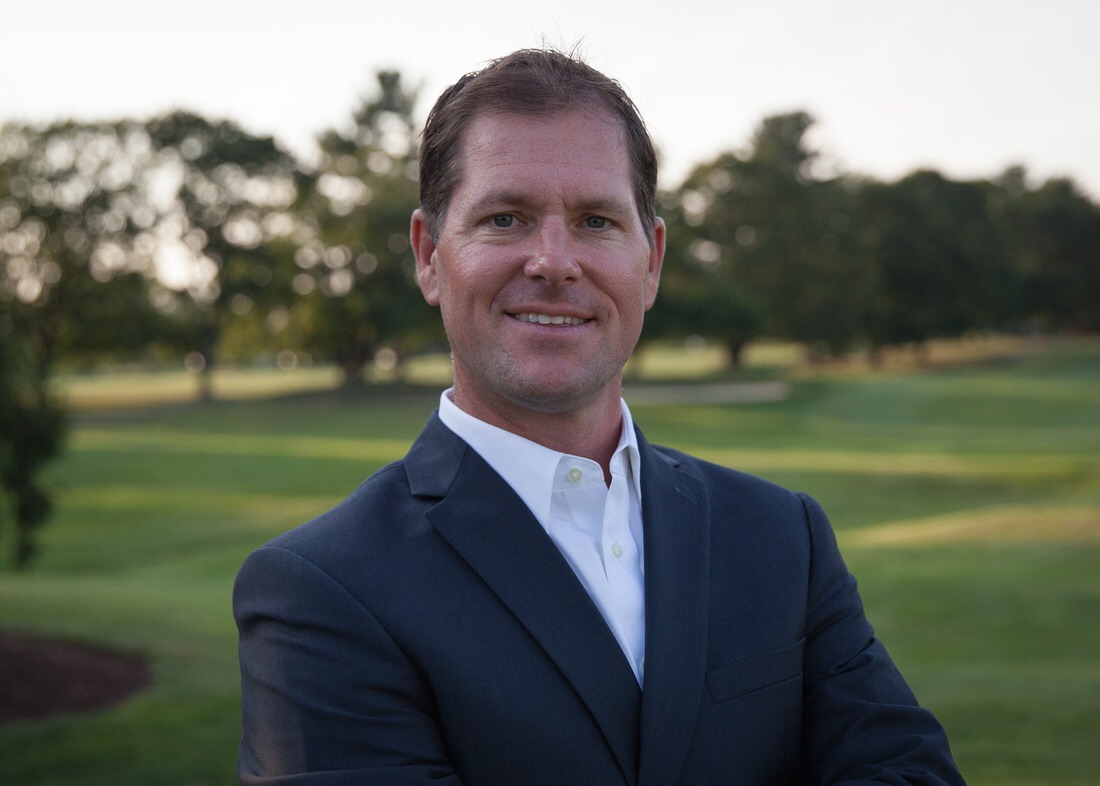From Bunker Drainage to Irrigation, Unseen Technologies Spur Golf Course Renovations
Although new golf course construction is limited, renovation investments continue in part because of the following technologies.
Technological advancements aren’t just changing the golf industry from a consumer perspective, such as the innovations seen in equipment like clubs and balls. They’re also changing golf courses themselves – often from the first tee to the 18th green.
The 20‑year building boom between 1986 and 2006 led to the development of almost 5,000 new golf courses – an unsustainable trend. As a result, many courses from the boom years (and before) are undergoing considerable upgrades today, with major renovations over the past 10 years representing an investment of more than $3 billion.
In some cases, these renovations are associated with recent advancements in technology – from innovations in irrigation to new bunker construction methods – that owners simply didn’t know about (or have access to) during most of the 20th century. Quite often, these course improvements are driven by technologies that golfers can’t even see.

Irrigation systems are among the unseen new technologies driving golf course renovations.
“These investments are most often related to drainage and irrigation improvements, as well as the reconstruction of golf course features, greens, tees, and bunkers in an effort to improve playing conditions and reduce operating costs for years to come,” says Patrick Karnick, the president of Wadsworth Golf Construction Company, which has primarily been engaged in the renovation of private and public golf facilities over the past 10 years.
SUPER INFORMATION
In recent years, many owners have not only begun to seek out more affordable water sources, including non‑potable or reclaimed water, as they complete course renovations, but have also incorporated newer irrigation systems – from leading companies like Toro, Rain Bird and Hunter – that distribute water more precisely. Golf course superintendents throughout the U.S. have embraced this technology, as they are also operating as water managers, according to Gregg Sorensen, irrigation project manager at Landscapes Unlimited.
As a result of this innovative technology, supers are now able to access data from soil moisture sensors, which are placed in the root zones of greens and tees to measure soil alkalinity. They can also check how many gallons their pump stations run per night, along with a variety of other real‑time data.

The Kinloch Club in Virginia after renovation work by Landscapes Unlimited.
“With newer irrigation systems, golf course superintendents can pull out their phones or tablets and receive all of the information they need to make informed decisions about how to manage their courses,” Sorensen says. “They can even pull up maps of golf holes they’re sitting on and touch the dot on the screen that represents a particular sprinkler to water a dry spot, or, if need be, run a diagnostic on that head to check that it is working.”
Due to flow monitoring technology, irrigation systems can detect significant leaks, while HDPE piping is also being used (as it is replacing PVC), resulting in greater durability, reduced maintenance and fewer leaks.
“Superintendents have access to information like never before: crowd‑sourcing best management practices through social media, smart phone apps that allow for the precise tracking of labor and inputs and hand held tools to measure parameters like moisture and light,” states Jake Riekstins, project manager, Landscapes Unlimited. “[They now] know exactly where their money is going and how best to spend it.
CAPILLARY CONCRETE
As a superintendent with 25 years of experience and the CEO of Capillary Concrete, Martin Sternberg is an expert in soil moisture management. He believes the successful maintenance of a golf course is 90 percent tied to soil profile moisture management.
With that in mind, many owners have turned to Capillary Concrete, a patented drainage and sub‑surface irrigation material that’s easy to mix and install.

A Capillary Concrete system improves drainage and irrigation.
Renowned as the only sports‑base material that can remove water and replenish moisture simultaneously, Capillary Concrete drains massive amounts of water and stores it for slow releases, while also maintaining minimum levels of moisture. The system can also be used under tee boxes, replacing the gravel in the USGA model. Testing has shown it has allowed golf courses to reduce water usage (for irrigation) on tee boxes by upwards of 90 percent when compared to traditional systems. It’s a statistic that’s particularly being noticed by municipalities and private developers that need to source water in states like California.
“Capillary Concrete offers a solution to bunker lining, effectively protecting sand from contamination, as it is able to drain enormous amounts of rainfall and move moisture to sand on dry days, so that bunker sand maintains a perfect moisture level,” says Sternberg. “As a result, bunkers now have 15 to 25 years of life expectancy, rather than three to five years, after they’re renovated.”
BETTER BILLY BUNKER
Up until the early 1980s, bunker construction consisted of digging holes (sometimes using drain lines in the bottom) and filling them with sand.
A breakthrough occurred when Billy Fuller developed a drainage layer that could be used throughout the entire floor of a bunker. The layer was comprised of pea gravel and covered with a geotextile liner so that it was separated from the sand, allowing water to unload from bunker sand as it was moved to drain lines. This enhanced drainage method, known as “Billy Bunkers,” helped to prevent the washouts that had put a strain on courses’ playability and maintenance budgets for many years.

A Billy Bunker lining being installed in a sand trap.
More recently, the geotextile liner was replaced by a specialized polymer designed specifically for binding stone/gravel in bunkers. By retaining its porosity, this gravel layer provides the fastest draining layer on the market – a method now known as the “Better Billy Bunker.” Hundreds of courses have begun to switch to this porous, faster‑draining layer as part of their renovations. Thus far, one of the primary benefits has been the allocation of resources to areas other than bunker maintenance, specifically after heavy rain events.
“Regardless of the weather, golf course owners don’t have to worry about losing rounds due to poor bunker conditions,” says Todd Jenkins, the vice president of Billy Bunker.
SUBAIR SYSTEMS
For more than 10 years, SubAir Systems has worked with supers to seek out new solutions for perfecting greens and playing surfaces as courses are renovated. The company is a leading innovator in subsurface aeration and moisture removal, with systems that drain excessive moisture 36 times faster than natural gravity drainage.

Tracking for a SubAir moisture removal system installed below a green.
The system is invisible to the naked eye and more advances are being rolled out that are comprehensive, affordable and easy to monitor.
SubAir’s Control Center will advance the ability to monitor, relay and respond to superintendents’ commands from any web connected device, or respond automatically to pre‑set subsurface conditions, says SubAir Systems President Jay Penney. Meanwhile, the company’s TurfWatch technology will simplify operations and scheduling, along with superintendents’ immediate responses to changing course conditions.
Although golfers won’t notice, all insight with regards to soil conditions (moisture, salinity and temperature levels) at courses with SubAir Systems, can also be immediately reviewed in real-time by maintenance staff members on smartphones, tablets or computers.
IRRIGATION SYSTEM IMPROVEMENTS
When it comes to golf irrigation, new advances – from two‑wire technology to closer‑spaced sprinkler systems – are an increasingly major part of many course renovation projects.
These new products being incorporated underground at facilities not only directly influence soil conditions, but also save water and money in the long run, are relatively easy to install, and give superintendents far greater control.
Two‑wire systems only require a single cable that offers power (along with communication) to and from each sprinkler head. By providing this power and communication along a wire path, which connects sprinkler heads with one another, two‑wire systems also use thousands of feet less copper wire than controller‑based systems, resulting in potentially significant savings.

A course superintendent sets his irrigation plan.
To further reduce costs and, ultimately, water usage, supers are also using closer spaced sprinkler systems. When compared to sprinklers that are 15 to 20 years old, the newer systems improve water distribution considerably.
“The efficiency of these modern, closer spaced systems have led to 10 to 30 percent savings in water use,” says Ian H. Williams, the national specification manager for Rain Bird Corporation’s golf division. “Through properly designed spacing, more and more courses are noticing these savings.”
As evidenced by these systems, along with the myriad of other recent technological advances, there’s no question that nothing spurs renovations more today than the technology often hidden behind (or under) the scenes.
Short Game.
"*" indicates required fields
How can we help?
NGF Membership Concierge

"Moe"
Learn From NGF Members
 Ship Sticks Secrets to a Hassle-Free Buddies Golf Trip
Ship Sticks Secrets to a Hassle-Free Buddies Golf Trip
Whether you’re the head planner of your upcoming buddies golf trip or simply along for the ride, we’ve gathered a few easy ways to keep everyone in your group happy.
Read More... Golf Course Turf, Soil and Water Quality Diagnostic Testing
Golf Course Turf, Soil and Water Quality Diagnostic Testing
As humans, we see our primary care physician on a regular basis to proactively evaluate our vital signs. Likewise, a superintendent should perform frequent diagnostic testing on their golf course.
Read More... Unlocking Distance: Launch Conditions and Angle of Attack
Unlocking Distance: Launch Conditions and Angle of Attack
We’ve long known that higher launch and lower spin is a powerful combination for generating consistently long and straight tee shots. A key factor in optimizing launch conditions, one often overlooked, is ...
Read More...





